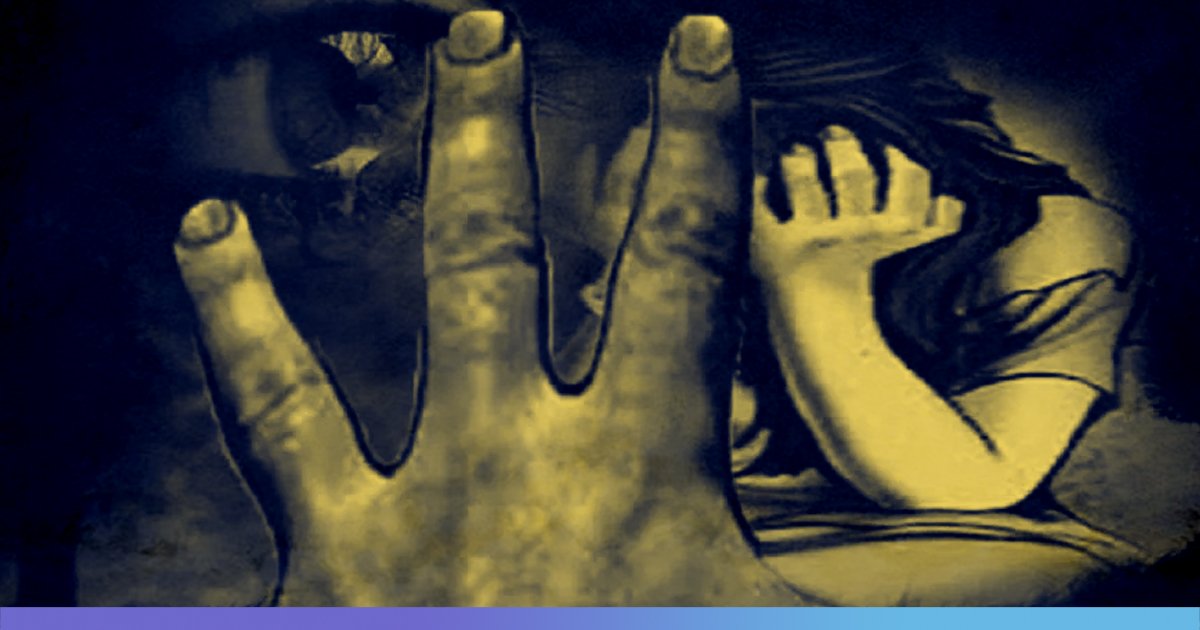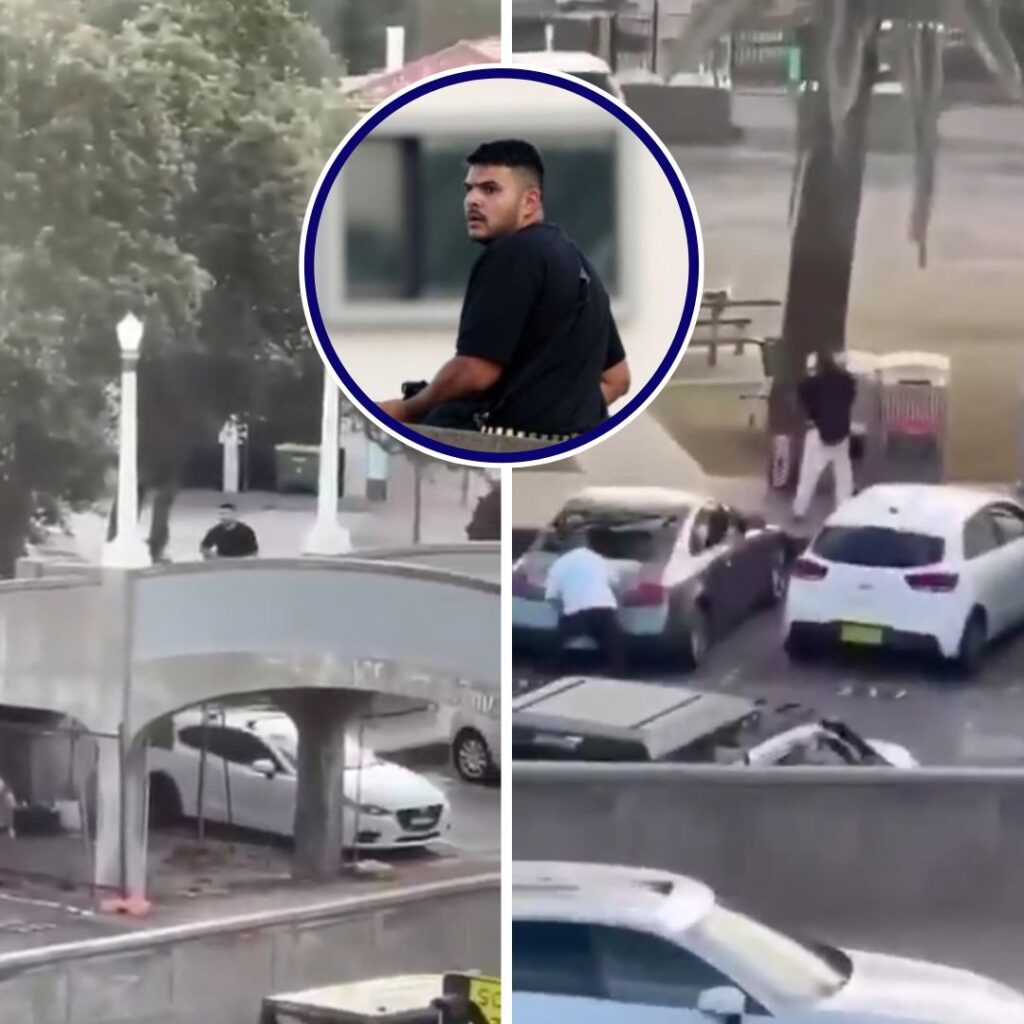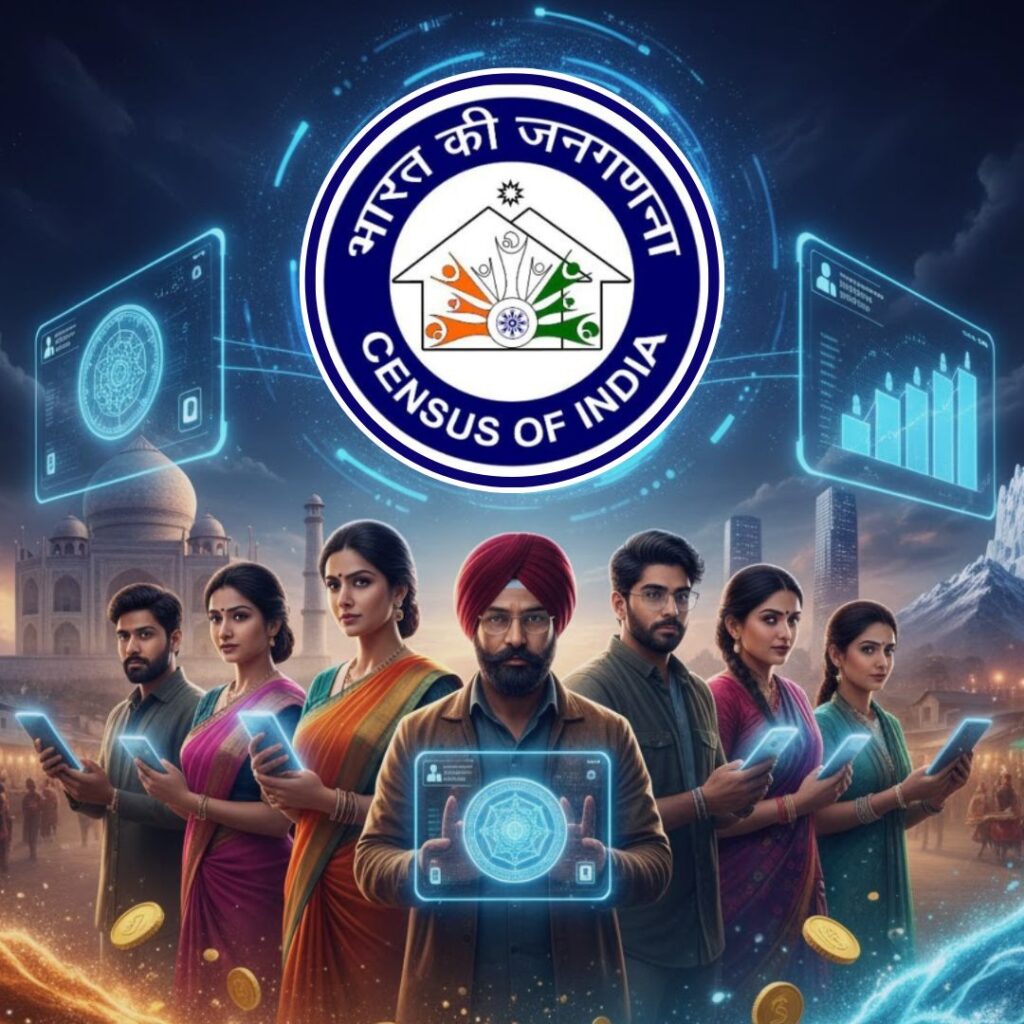A 19-year-old Dalit woman who had gone missing on December 31, was found hanging from a tree in Modasa, Gujarat on Sunday, January 5.
The victimâs family has accused four men of gang-rape and murder.
After the incident, thousands of Dalits, in protest against the crime, gathered at the Modasa Rural police station demanding arrests of the culprits and removal of the police officer on duty.
Media Questioned For Mentioning Castes Of Victim, Perpetrator
Media houses are often questioned for mentioning the caste of the victim/survivor and perpetrators involved in such crimes. What we essentially need to understand is that upper-caste members dominating members from lower-castes is a deeply ingrained issue in Indian society. The ancient male dominant society is still influential almost everywhere in the country, so these crimes almost always have a caste angle to them.
A caste society is inherently violent in nature, and when it comes to Dalit women, the violence perpetrated on them is the most brutal.
In most mainstream discourses, the systemic and unrelenting violence on Dalit women is hardly ever highlighted. The intersectionality of gender, class and caste often remains unseen.
Every time a Dalit woman or a woman from any so-called lower-caste is subjected to sexual violence, it becomes clear that the prevailing structure of caste and the status of women in society are largely responsible for the violation of their human rights.
As much as one may slam media houses for mentioning the caste factor in rape and murder cases, there is no doubt that it plays a major role in violence against these women.
For Dalit women, violence is almost always associated with their caste positions, and also depends on how they behave within the system. For example, their resistance to or dissent towards the caste structure often triggers the violence.
The gang-rape and murder of two teenage girls were reported in the Katra village of Budaun district, Uttar Pradesh on May 27, 2014. The two girls, cousins, from the Dalit Maurya community, were kidnapped, gang-raped and hanged from a tree in Katra Sadatganj.
The girlsâ fault? They had asked their upper-caste employer to increase their salary by a mere sum of Rs 3. The upper-caste man was unable to stomach the audacity of these girls to demand something from him.
This violence is not just meant to control women, but also to carefully maintain the caste structure.
Rape Used As A Tool During Caste Or Class Conflict
Dalit women, when compared to other women, most of the time, find themselves in economically, socially and culturally vulnerable locations, which basically works to aggravate the sense of impunity with which perpetrators inflict violence on them.
Since ancient times, violence against Dalits, especially Dalit women, has been prevalent in society, and the echo of their pains and struggles can be heard even today.
In April 2018, a Dalit girl walked into the superintendent of policeâs office in the Satna district in the central state of Madhya Pradesh, carrying a six-month-old fetus wrapped in a plastic bag. She accused three upper-caste men of sexually assaulting her for several months.
A similar incident came to the fore in Chhattisgarh when a priest allegedly lured a 22-year-old woman and raped her.
The list is never-ending, and according to observers, rape is nothing but a tool used by upper-caste people to dominate lower-caste women, to keep them âunder controlâ.
According to Ranjana Kumari, director of the Center for Social Research, although these incidents take place on a daily, sickening basis, there is no substantial caste-based data on sexual violence in India.
Despite the absence of data, however, it is clearly there for us to see.
In a horrific incident in February 2016 in Haryana, there was an agitation by the Jat community, which is a relatively well-off upper-caste agricultural community, regarding reservations of government jobs. During this period of unrest, some attackers dragged out nine Dalit women from their houses and brutally gang-raped them.
Such incidents of sexual violence, however, are not restricted to rural areas and villages. Hyderabadâs crime records bureau in April 2018 revealed that over the past three years, members of upper castes have raped as many as 37 Dalit and tribal women in the city.
Rape, therefore, is often used as a weapon during situations of caste or class conflict.
According to sociologist Sanjay Srivastava, besides being an exercise of power by upper-caste members, sexual violence is also a method used by upper-caste men to show lower-caste men that they were unable to âprotectâ their women â they use rape as a tool to stage a âcontestâ among men.
âFour Dalit Women Are Raped Every Dayâ
Dalit women make up the majority of landless labourers and scavengers in India. In rural areas, a number of them are forced into prostitution or sold into urban brothels.
The subordinate position of Dalit…










